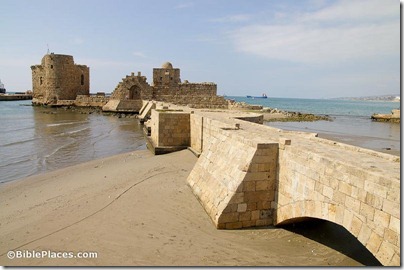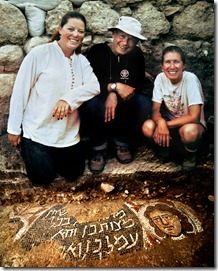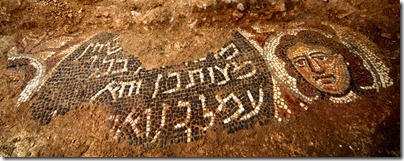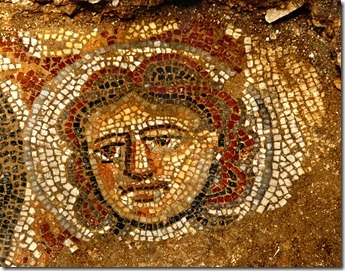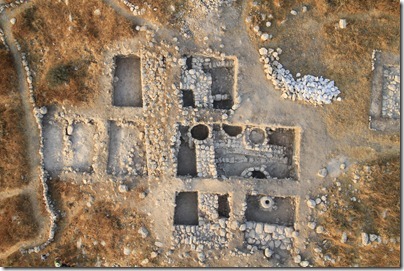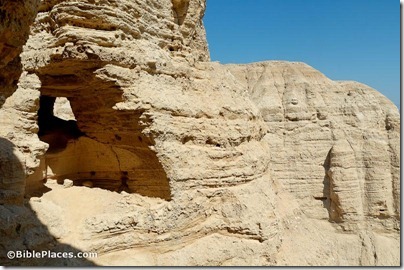The Daily Star (Lebanon) reports on the continued excavations in the port city of Sidon.
Excavations led by a delegation from the British Museum at the Frères’ archaeological site in the old city of Sidon unearthed more important antiquities during their 14th year, it was revealed Tuesday.
Preparations also got under way for the construction of a museum to display the findings at the site. The construction is due to begin in September.
Discoveries at the site since excavations began in 1998 have revealed artifacts from the Early Bronze Age, which began around 3,000 B.C., through to the Iron Age, which covered around 1,200-539 B.C.
Among the latest discoveries was a particular type of Phoenician architecture, which the archaeologists said was not commonly found in Lebanon, consisting of stones cut for the construction of walls or floors.
Over 50 amphorae were also found, as well as a stunning Attic vase, depicting two riders going to war wearing white tunics and holding spears.
More details of the discoveries are given in the full story.
Sidon is mentioned many times in the Old and New Testaments. Some passages indicate that Sidon was intended to be the northern border of Israel (Gen 10:19; 49:13; Judg 1:31; 2 Sam 24:6), and in the days of Zerubbabel cedars were imported for the Second Temple (Ezra 3:7). Both Jesus and Paul visited the city or area of Sidon (Matt 15:21; Acts 27:3). Though prophets condemned the city (Isa 23:2-12; Jer 47:4; Ezek 28:21-22; Joel 3:4), Jesus declared that Sidon would fare better on the day of judgment than Chorazin and Bethsaida (Matt 11:21-22).
HT: Jack Sasson
